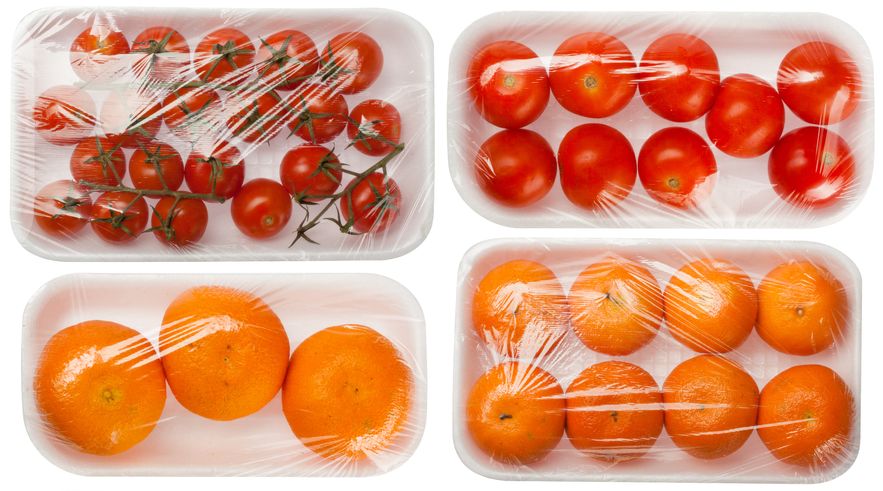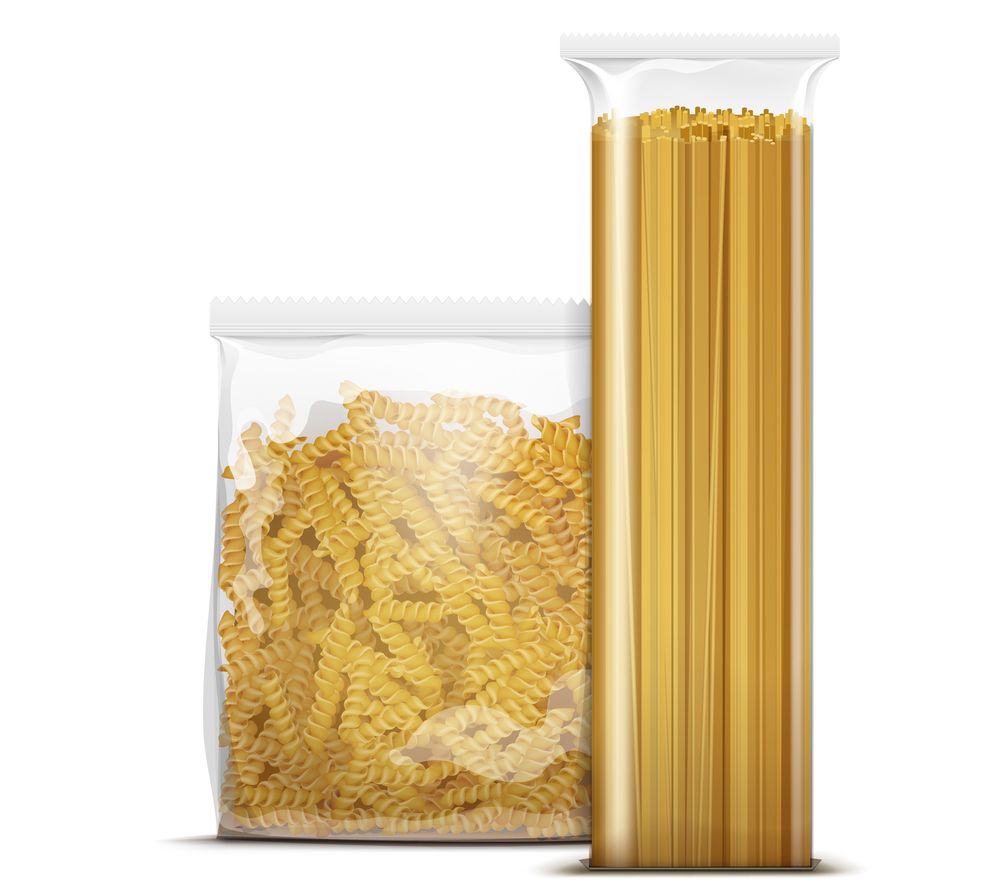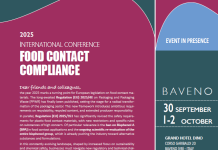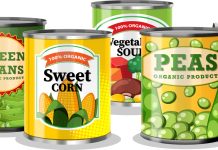Active packages enhance the safety and quality of food products by interacting directly with the products or their “head spaces”, i.e. the empty space between product and package. In particular, active antimicrobial packages reduce, inhibit or delay the growth of micro-organisms present on the surface of foodstuff. In this sense, active antimicrobial packages are considered very useful to prevent food contamination, thus reducing the risk of growth of pathogenic micro-organisms, and, hence extending their storing time. On the other side, however, the increasing demand for natural preservatives and/or foodstuff without additives foster the development of packaging materials integrating antimicrobial agents, possibly of natural origin. The incorporation technology ensures gradual migration of antimicrobial agents from the material to the foodstuff, and eliminates the need for large amounts of preservatives directly added to the food product. Bacteriocins are natural antimicrobial agents; those isolated by lactic acid bacteria have been extensively studied, because they are traditionally associated with food, and considered safe. Nisin is the most frequently used bacteriocin in active food packaging, and it is considered as safe according to US Food and Drug Administration in the category “Generally Recognized As Safe (GRAS)”. This bacteriocin is already in use worldwide for milk and dairy products, canned meat and sausages. It shows antimicrobial activity towards a wide range of Gram positive bacteria, as for instance Listeria monocytogenes, Staphilococcus aureus and Clostridium botulinum. Another important bacteriocin is pediocin, obtained from Pediococcus strains, with a bactericidal effect on some Gram-positive strains of bacteria. Pediocin is already in use as natural preservative in order to eliminate the post-processing contamination of meat-based products; it is particularly effective against L. monocytogenes. Preliminary studies showed that antimicrobial films containing nisin and pediocin can be produced using renewable biopolymers (as for instance polysaccharides) as host matrix. Furthermore, nisin and pediocin can be absorbed by the nanoclay surface, which proved to be a good carrier for these antimicrobial agents. Developing this idea, S. M. Meister Meira et al. (2017) devised a new method to integrate natural preservatives (nisin and pediocin) in active food packaging materials, consisting of corn starch and kaolinite. Generally, starch is a widely available renewable biodegradable resource. Starches, however, have not yet found broad applications due to several properties that make them difficult to process, such as low reliability of processes, high sensitivity to environmental changes, poor mechanical and barrier properties. Starch can be reinforced by adding small amounts of additives, even better if the additives are in nanometre scale. The resulting material is a nanocomposite, with higher tensile strength and elongation, and improved barrier properties compared to those of pure starch. As additive, kaolinite can be used, a mineral belonging to the group of silicates, which are the most widely-present minerals on earth. The nanometric form of kaolinite is represented by nanotubes, whose tubular structure is enclosed by double silicate layers, whose size is less than one micron. Kaolinite nanotubes are non-toxic; they quickly adsorb substances, but provide for a controlled release. The effects of kaolinite on starch were assessed both, with and without the bacteriocins nisin and pediocin. The new composite material has been prepared through the following steps:
1) adsorption of bacteriocins on kaolinite were carried out by adding a nisin or pediocin solution to kaolinite powder, The bacteriocin-kaolinite systems was were maintained during 1 hour at 25 °C and then centrifuged; the supernatant solution was recovered, and the pellest obtained after centrifugation were washed twice with and dispersed in distilled water;
2) Films were produced by casting: starch-based solutions were dispersed in distilled water. To promote their transformation into gels, the solutions were heated in a water bath to a max. temperature of 74°C, and maintained at this temperature for 15 minutes. After heating, glycerol was added as plasticiser, followed by all other ingredients composing the packaging material (nisin, pediocin, kaolinite). The solutions were then poured on Petri dishes and kiln dried for 16 hours at 40°C. Then, the resulting films were removed and conditioned at 25°C and 52% relative humidity for 48 hours before testing their properties.

The results of the analysis on the end material pointed out that:
- By adding nisin and pediocin to starch, it was possible to produce active packaging materials with antimicrobial properties against L. monocytogenes and Clostridium perfringens;
- The incorporation of kaolinite into starch improved mechanical performances and thermal properties. Elongation at break increased significantly for samples with nisin or pediocin, and for those containing nisin and kaolinite. Furthermore, the incorporation contributed to improve the exchange reactions of antimicrobial agents, enhancing their retention and controlled release; this may be useful for films intended for long-term preservation of food products. Special attention should be devoted to the dispersion of kaolinite in the polymeric matrix, since the degree of transparency of the end film depends on it. This is important, since the transparency of packaging material has a direct impact on consumers’ appreciation of the packaged good. In the future, the use of these films for other other food products should be pursued further; for the time being, however, these results point out the potential of antimicrobial films as packaging material for foodstuff.
References
- M. Meister Meira et al., Food Hydrocolloids 63, 2017, 561




